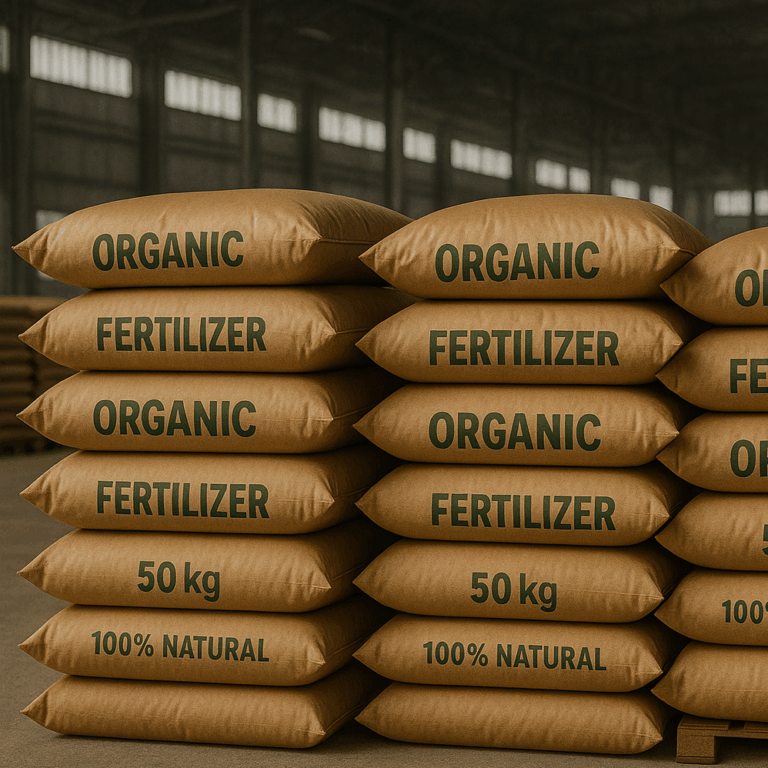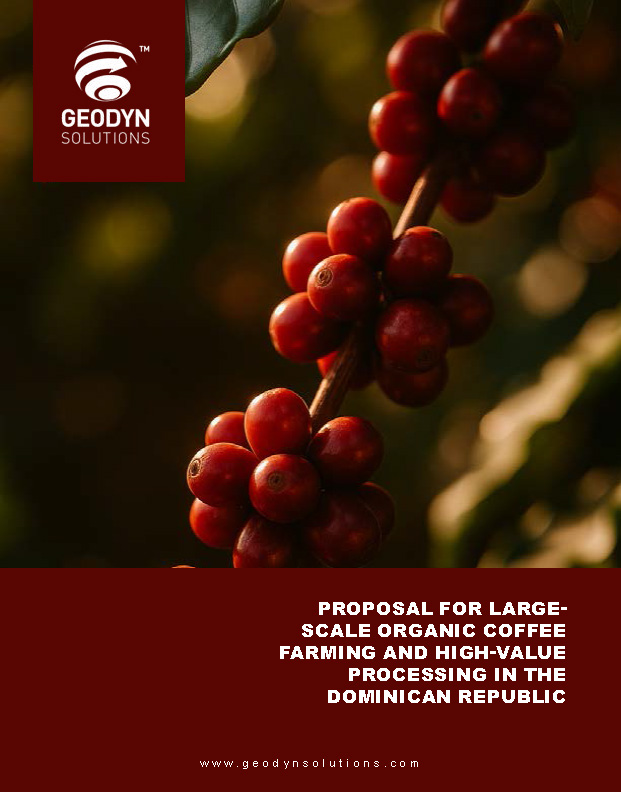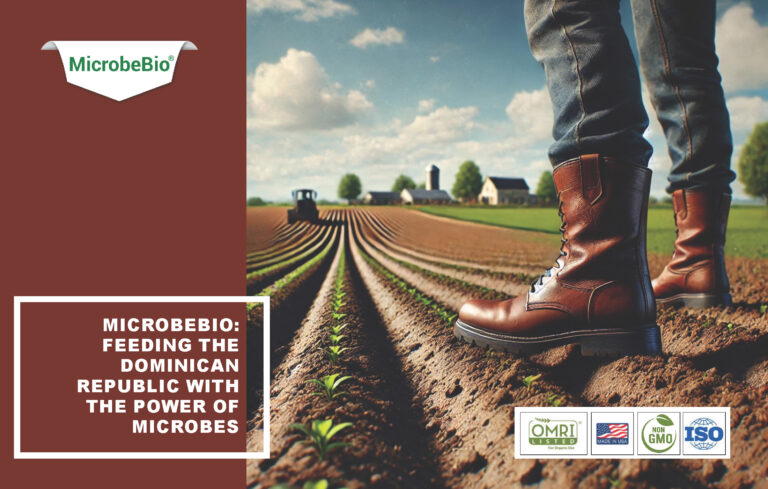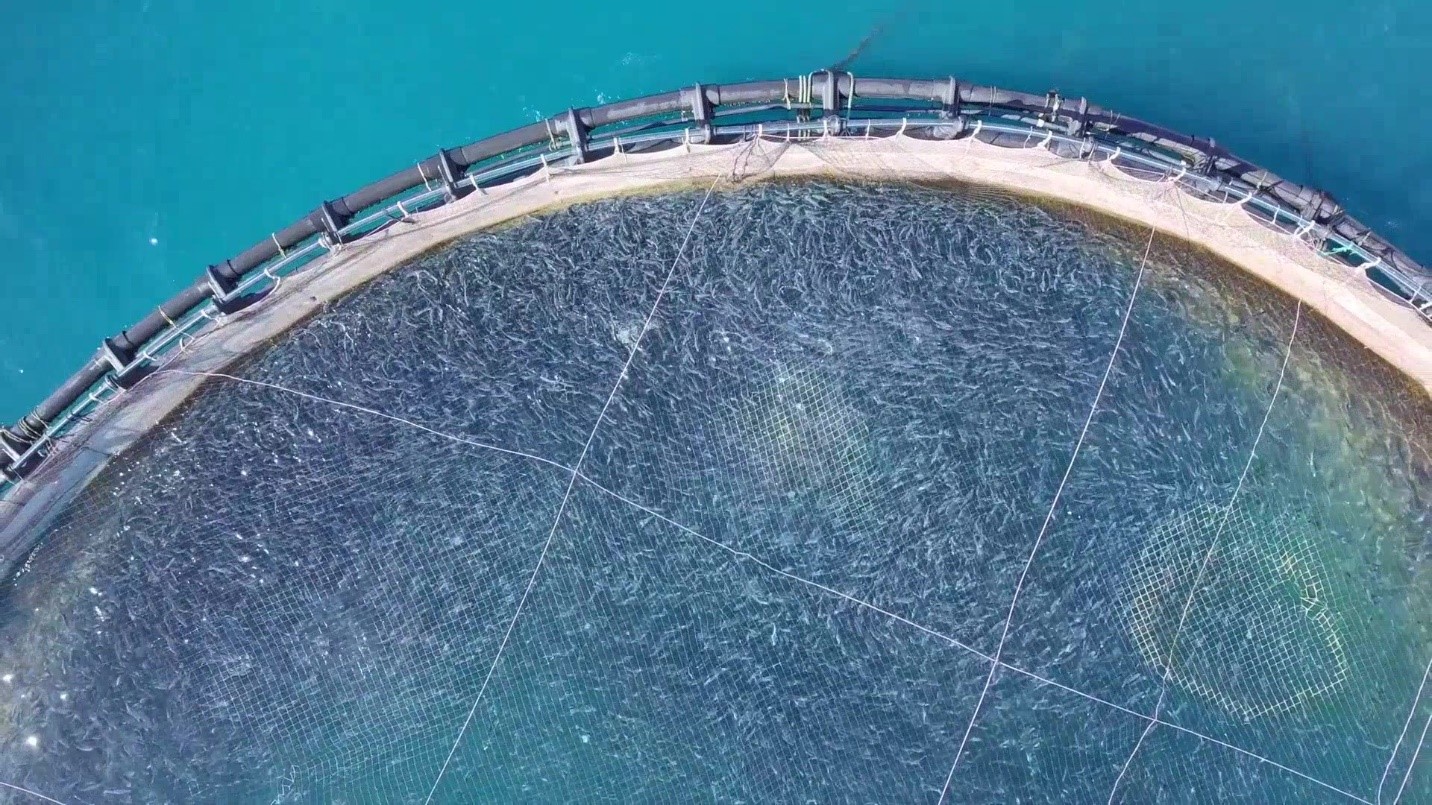Proposal for Geodyn Solutions: Integrated Shrimp and Fish Farming Facility
Geodyn Solutions proposes a $25 million integrated shrimp and fish farming facility, utilizing advanced greenhouse aquaculture technologies modeled after China’s industry-leading approach. The project aims to produce 10,000 tons of shrimp and fish annually, ensuring domestic food security, creating jobs, and generating export revenue with a projected Return on Investment (ROI) of 208% annually after reaching full capacity. The facility will employ sustainable practices, automation, and stringent quality controls to achieve high yields and minimal environmental impact.
Market Opportunity
- Global Demand: The global shrimp market is expected to reach $54 billion by 2027, with strong demand for shrimp and fish.
- China’s Benchmark: China produces 2.2 million tons of shrimp yearly (30% of global supply), generating $20 billion in exports using efficient greenhouse systems.
- Local Potential: The facility will serve domestic and export markets, meeting the rising demand for sustainable, high-quality seafood.
Project Overview
Objectives
- Develop a 50-hectare facility for shrimp and fish farming.
- Produce 8,000 tons of shrimp and 2,000 tons of fish (e.g., tilapia or catfish) annually.
- Achieve an 80% survival rate using advanced greenhouse systems.
- Create 500 direct and 1,000 indirect jobs.
- Implement sustainable practices for minimal environmental impact.
Location
- Coastal or inland site with clean water access, proximity to transport hubs, and suitable climate.
- Site selection will prioritize environmental sustainability and community benefits.
Technical Specifications
Greenhouse Farming Model
- Design: 500 greenhouses (1,000 m² each) with dome structures and lined ponds for optimal growth conditions.
- Construction Cost: $7,000 per greenhouse ($3.5 million for 500 units).
- Survival Rate: 80% for shrimp, 85% for fish, enabled by disease-resistant setups and controlled environments.
- Production Capacity: 16 tons per greenhouse annually (10,000 tons total from 500 greenhouses).
- Technology: Automated water quality monitoring, temperature regulation, and oxygenation systems.
Seed Selection and Feeding
- Shrimp: Disease-free post-larvae (10–12 days old) to ensure 60% of farming success.
- Fish: High-quality fingerlings selected for growth and resilience.
- Feeding: High-protein feed pellets, administered twice daily, optimized for species-specific needs.
- Feed Cost: $2 million annually, balanced for growth and efficiency.
Harvesting and Processing
- Harvest Cycle: 3–4 months for shrimp (4–5 inches), 6–8 months for fish.
- Harvesting Method: Manual net pulling for quality selection, supported by automated sorting.
- Processing Facility: On-site, equipped for automated cleaning, manual peeling, and vacuum packing to ensure freshness.
- Output: 80% for export (frozen/fresh), 20% for domestic markets.
Financial Projections
Investment Breakdown ($25 Million)
- Infrastructure: $10 million (greenhouses, ponds, processing facility).
- Equipment: $5 million (automation, water treatment, packaging).
- Operational Startup: $5 million (seed stock, feed, labor training).
- Contingency and R&D: $5 million (sustainability initiatives, technology upgrades).
Revenue Projections
- Annual Output: 10,000 tons (8,000 tons shrimp at $8/kg, 2,000 tons fish at $4/kg).
- Revenue: $72 million annually ($64 million shrimp, $8 million fish).
- Operating Expenses: $20 million/year (feed, labor, utilities, maintenance).
- Net Profit: $52 million/year (72% profit margin).
- ROI Calculation:
- Annual Net Profit: $52 million.
- Initial Investment: $25 million.
- ROI = (Net Profit / Investment) × 100 = ($52M / $25M) × 100 = 208% per year.
- Breakeven Timeline: Investment recovery within 3–5 years, assuming efficient operations.
Funding Strategy
- Equity: $25 million from Geodyn Solutions and investors.
Environmental and Social Impact
- Sustainability:
- 70% water usage reduction via recycling systems.
- Waste-to-fertilizer conversion for local agriculture.
- Energy-efficient technologies for low-carbon operations.
- Job Creation: 500 direct jobs (farmers, technicians, processors), 1,000 indirect jobs (logistics, distribution).
- Community Benefits: Training programs, local sourcing, and infrastructure support.
- Food Security: High-protein seafood supply for domestic markets, reducing import dependency.
Competitive Advantage
- Technology: Localized adaptation greenhouse model with enhanced automation.
- Quality Control: Compliance with international standards (HACCP, ISO 22000).
- Scalability: Modular design for phased expansion.
- Sustainability: Alignment with global ESG trends.
Risks and Mitigation
- Disease Outbreaks: Mitigated by greenhouse isolation, health monitoring, and biosecurity.
- Market Fluctuations: Diversified products and market channels to stabilize revenue.
- Regulatory Compliance: Proactive engagement with authorities for permits and certifications.
Implementation Timeline
- Year 1: Site selection, permits, construction of 250 greenhouses, and processing facility.
- Year 2: Complete 250 greenhouses, start production, and initiate exports.
- Year 3: Reach full capacity (10,000 tons/year), optimize operations, achieve profitability.
- Years 4–5: Expand markets, invest in R&D, explore additional species (e.g., oysters, seaweed).
Conclusion
Geodyn Solutions’ shrimp and fish farming facility is a high-impact investment opportunity, delivering a 208% annual ROI, advancing sustainability, and strengthening economic growth. By adopting proven technologies and sustainable practices, this $25 million project will establish Geodyn as a leader in modern aquaculture, meeting global seafood demand while enhancing food security and community welfare.




